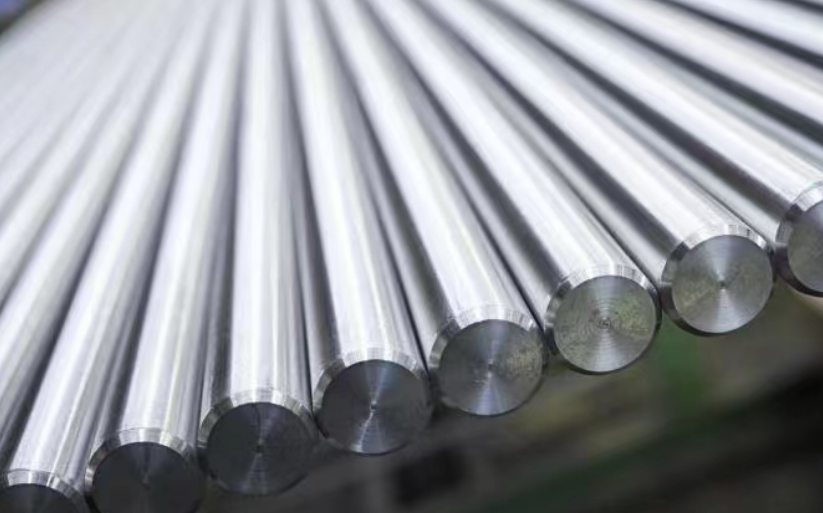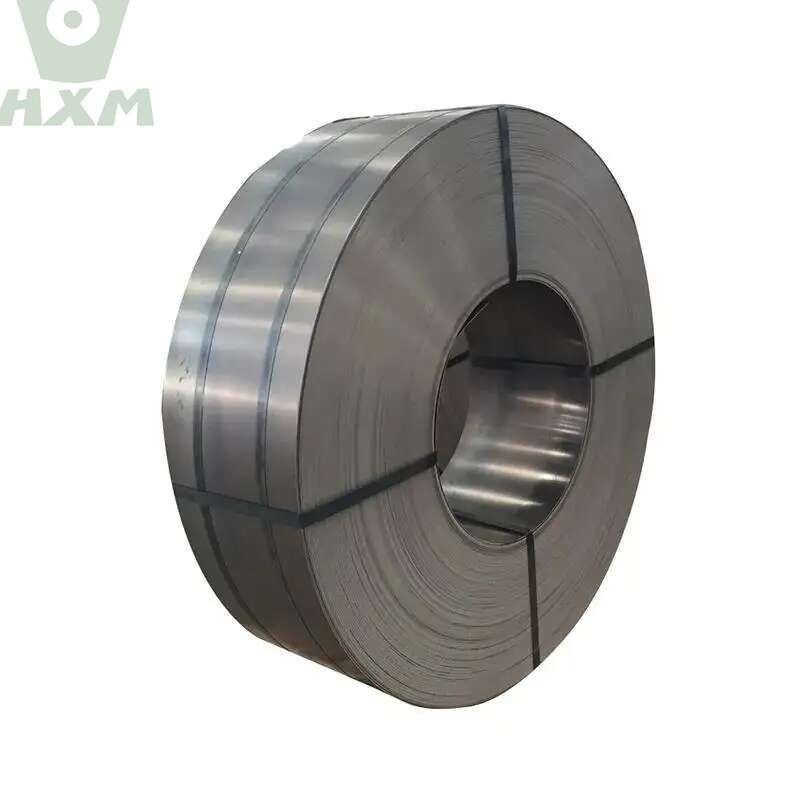In the field of materials science, steel has a wide range of applications. D2 steel and 7CR17MOV are two common tools and cutter manufacturing materials, each with unique characteristics and application scenarios. So, D2 Steel vs 7CR17MOV – What’s the Difference? In this article, we will analyze the differences in composition, mechanical properties, corrosion resistance, high-temperature performance, and application fields of these two materials in detail to provide readers with a professional and in-depth interpretation.

D2 Steel vs 7CR17MOV – What’s the Difference?
D2 Steel vs 7CR17MOV – 1. Differences in Compositions
D2 steel is a high-carbon, high-chromium alloy tool steel. Its chemical composition is mainly iron (Fe), chromium (Cr), carbon (C), and a small amount of other alloying elements. Among them, the carbon content is relatively high, usually between 1.5% and 2%, while the chromium content is generally around 12%. This ingredient ratio gives D2 steel high hardness, high wear resistance, and high corrosion resistance.
7CR17MOV is a stainless steel material whose main components are iron (Fe), chromium (Cr), and a small amount of other alloying elements. Unlike D2 steel, 7CR17MOV has a higher chromium content, usually around 17%, and a relatively low carbon content. This composition gives 7CR17MOV good corrosion resistance and mechanical properties.
D2 Steel vs 7CR17MOV – 2. Differences in Mechanical Properties
D2 steel exhibits extremely high hardness and wear resistance due to its high carbon and chromium content. Its tensile strength and yield strength are both very high, making it suitable for manufacturing workpieces that need to withstand high loads and are wear-resistant. However, due to its high carbon content, D2 steel has relatively low toughness, which may result in greater brittleness.
The mechanical properties of 7CR17MOV are more balanced. It not only has a certain hardness to meet the needs of wear resistance, but also maintains a certain toughness to improve impact resistance. This characteristic makes 7CR17MOV perform well in applications that need to withstand certain shocks and loads.
D2 Steel vs 7CR17MOV – 3. Differences in Corrosion Resistance
D2 steel has some corrosion resistance due to its high chromium content, but may be less resistant than some stainless steels that are specifically designed to protect against corrosion. D2 steel may be susceptible to oxidation or corrosion in certain environments or media.
The high chromium content of 7CR17MOV provides it with good corrosion resistance. In normal environments, such as air, water, neutral solutions, etc., 7CR17MOV exhibits good corrosion resistance and is not prone to oxidation or corrosion.
D2 Steel vs 7CR17MOV – 4. Differences in High-temperature Performance
D2 steel can maintain good hardness and wear resistance at high temperatures, so it is suitable for applications in high-temperature environments. However, its heat resistance may be limited by the carbon content, and prolonged high temperatures may lead to a decrease in its mechanical properties.
7CR17MOV performs slightly worse than D2 steel at high temperatures. Due to the higher proportion of chromium in its composition, 7CR17MOV may be more susceptible to oxidation or instability at high temperatures.
D2 Steel vs 7CR17MOV – 5. Differences in Application Fields
D2 steel is widely used in industrial fields such as tool and knife manufacturing, cutting tools, and abrasives due to its high hardness and wear resistance. D2 steel is an ideal choice for manufacturing workpieces that require high load bearing and wear resistance because of its excellent hardness and wear resistance.
7CR17MOV is more commonly used in applications that require corrosion resistance, such as cutlery, kitchenware, medical equipment, and other fields. Due to its good corrosion resistance and mechanical properties, 7CR17MOV has been widely used in these areas.
Conclusion
There are significant differences between D2 steel and 7CR17MOV in terms of composition, mechanical properties, corrosion resistance, and high-temperature performance. The choice of material depends primarily on the specific application needs and environmental conditions. For workpieces that need to withstand high loads and wear resistance, such as cutting tools and abrasives, D2 steel is a more suitable choice. For applications that need to withstand a certain amount of impact, wear resistance, and corrosion resistance, such as tableware and kitchenware, 7CR17MOV has more advantages.
Thank you for reading our article and we hope it can help you to have a better understanding of the differences between D2 Steel vs 7CR17MOV. If you are looking for D2 Steel and 7CR17MOV, please don’t hesitate to contact Huaxia Steel.
As a leading supplier of tool steel suppliers across the world, Huaxia Steel provides customers with high-quality carbon steel, tool steel, alloy steel, carbon steel tubes, and carbon steel pipes at a very competitive price.








